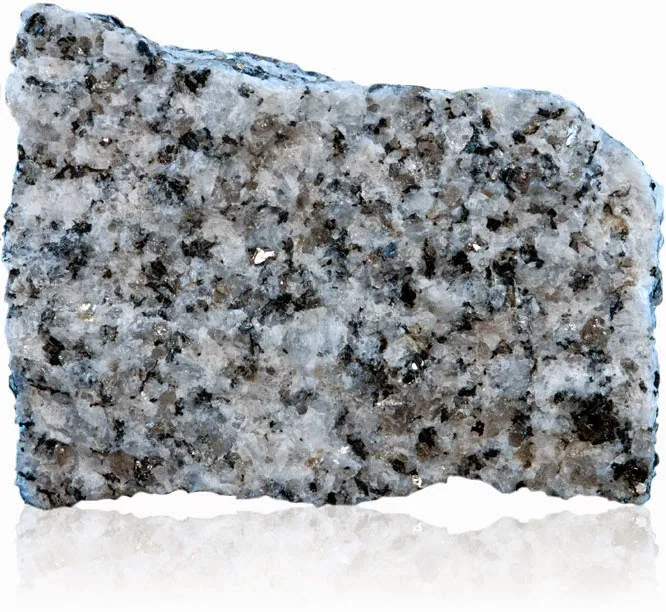Igneous Rocks
igneous rocks by Delta publications
Key Notes:
Formation of Igneous Rocks:

- Igneous rocks are formed from the cooling and solidification of molten rock, known as magma (inside the Earth) or lava (when it reaches the surface).
Types of Igneous Rocks:
- Intrusive (Plutonic) Igneous Rocks: Form when magma cools slowly beneath the Earth’s surface, resulting in large crystals (e.g., granite).
- Extrusive (Volcanic) Igneous Rocks: Form when lava cools quickly on the Earth’s surface, resulting in small or no crystals (e.g., basalt).
Characteristics of Igneous Rocks:
- They are typically hard and dense.
- They can be glassy or grainy in texture depending on how fast they cool.
- They contain minerals such as quartz, feldspar, and mica.
Examples of Igneous Rocks:
- Granite: An intrusive igneous rock that has large, visible crystals and is commonly used in construction.

- Basalt: An extrusive igneous rock that forms from lava flows and is the most common rock on the ocean floor.

- Pumice: A light, porous extrusive rock that can float on water due to trapped gas bubbles during formation.

Uses of Igneous Rocks:
- Granite is used for building and monuments due to its durability.
- Pumice is used in personal care products (like exfoliants) and in polishing.
Role in Earth’s Structure:
- Igneous rocks are a major component of the Earth’s crust, forming both continental and oceanic plates.
Let’s practice!

